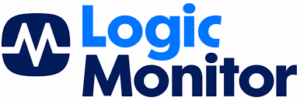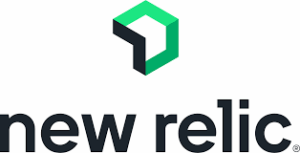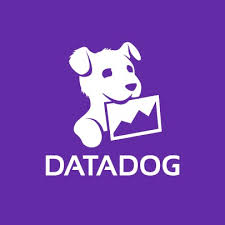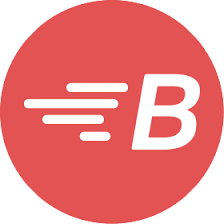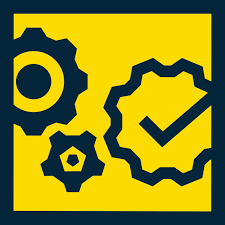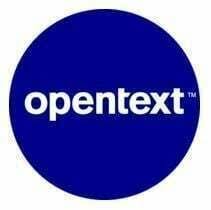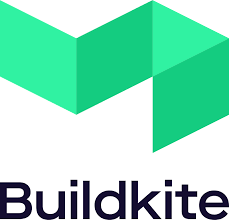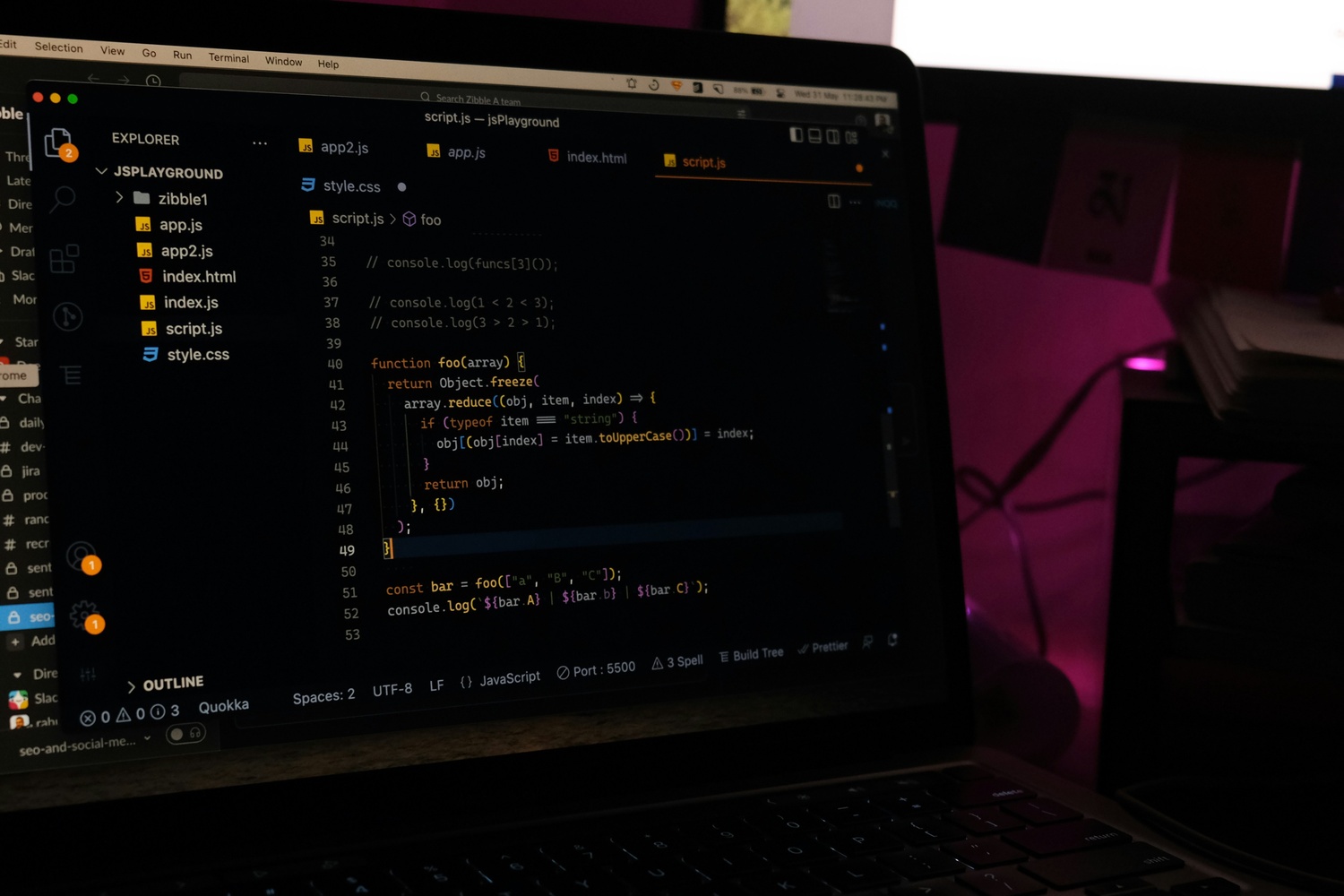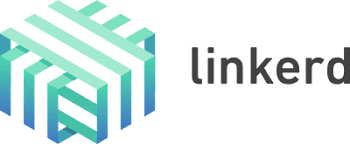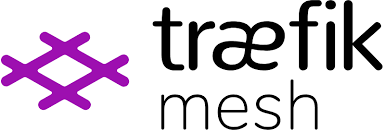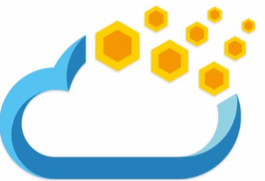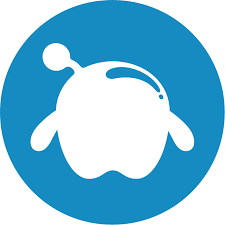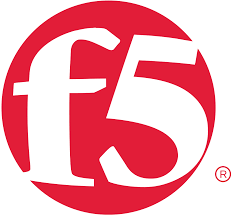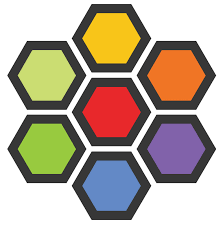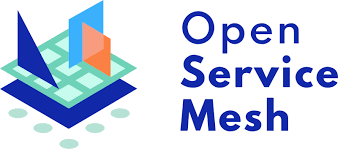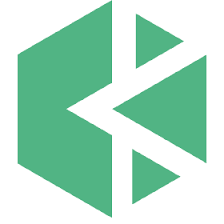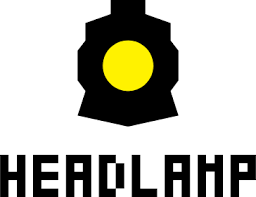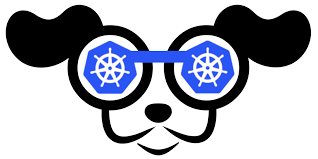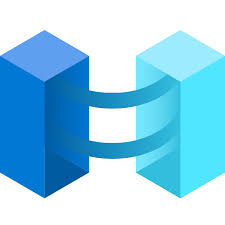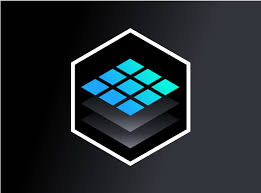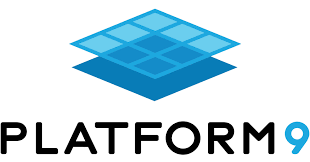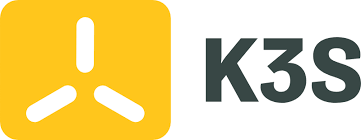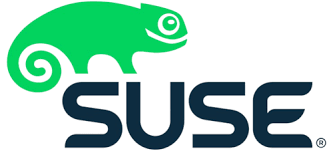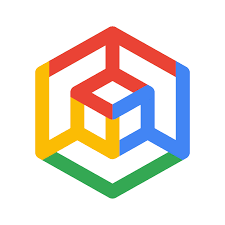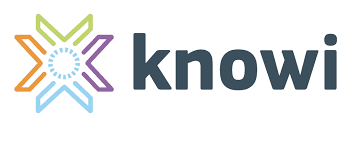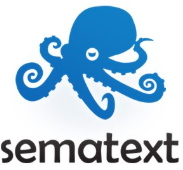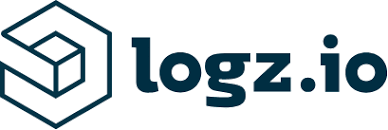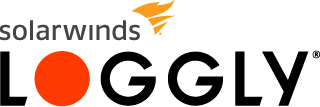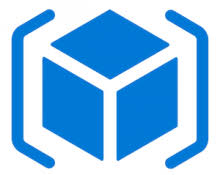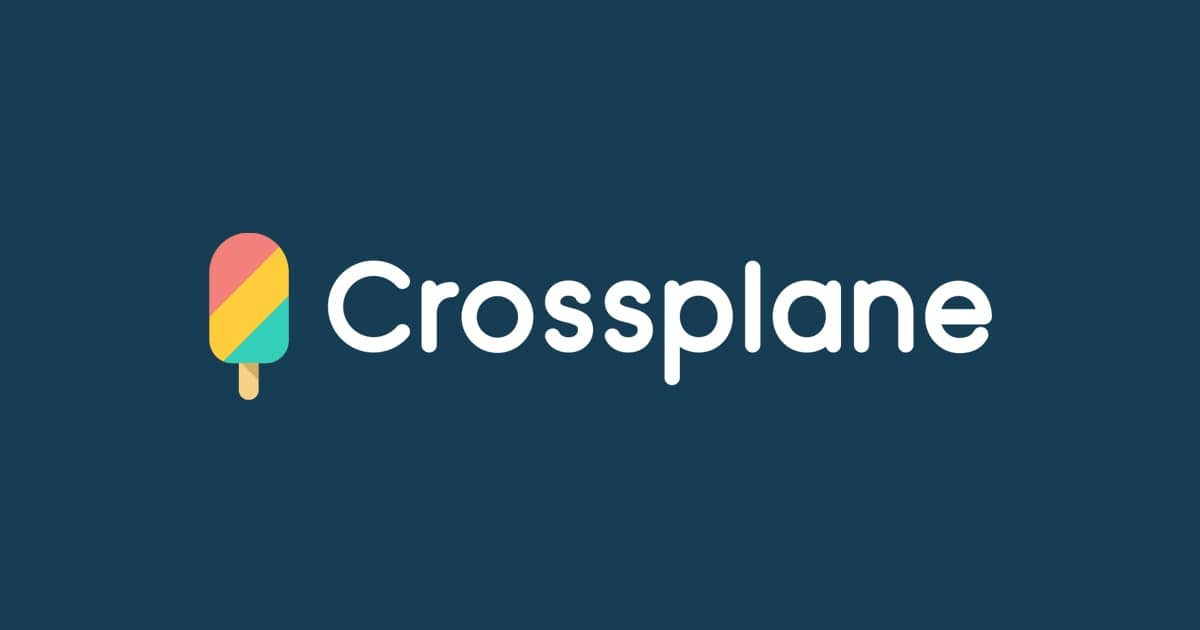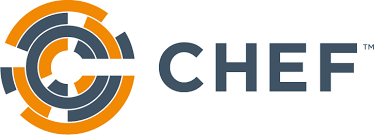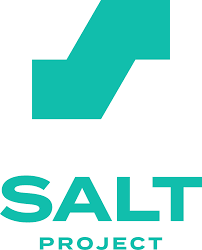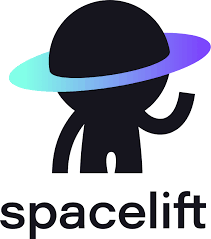Tekton brought Kubernetes-native pipelines to the masses, and it’s great if you love writing CRDs, managing taints and tolerations, and debugging why your TaskRun is stuck in Pending for the 47th time.
But in 2026 a lot of teams are quietly moving on. They want pipelines that just work, scale without a PhD in k8s, and-most importantly-don’t force every developer to become a part-time cluster operator.
The good news? There are now platforms that give you all the power of modern CI/CD (parallelism, caching, matrix builds, secrets management) while hiding most or all of the plumbing. Some are fully managed, some are open-core with slick dashboards, others generate the infra for you automatically. All of them let teams ship code instead of babysitting controllers.
Below are the best options that keep popping up in real-world migrations this year. No fluff, no sponsored placements-just the ones engineers actually seem happy with right now.

1. AppFirst
AppFirst starts from what the app actually calls for – CPU specs, DB types, networking links – and spins up the matching infra on the fly across AWS, Azure, or GCP, skipping the manual VPC or credential hunts that bog down deploys. Logging, alerts, and monitoring tag along by default, with audits logging every tweak and costs broken out per app slice so surprises stay rare. Devs keep the reins on their stack end-to-end, no handoffs to ops folks, and switching clouds just means updating the def without a rebuild.
Self-hosted or SaaS paths give flexibility, and the baked-in security pulls from standard practices that apply no matter the provider, letting quick iterations happen without the usual compliance chases. It’s geared toward outfits where infra fiddling eats dev cycles, flipping the focus back to code over configs.
Wichtigste Highlights:
- Auto-provisions infra from app definitions like CPU, DB, networking
- Built-in logging, monitoring, alerting, and cost tracking
- Multi-cloud support for AWS, Azure, GCP
- Centralized audits and security standards
- SaaS or self-hosted deployment choices
- Enables dev ownership without infra code
Pros:
- Cuts straight through cloud setup drudgery
- Cost views prevent bill shock mid-sprint
- Multi-cloud swaps feel seamless
- Audits cover bases without extra tools
Cons:
- Ties you to their def format for apps
- Self-host adds its own maintenance
- Less mature for non-standard stacks
- Early stage means occasional rough edges
Kontaktinformationen:
- Website: www.appfirst.dev
2. GitLab CI/CD
Pipelines in GitLab CI/CD start with a YAML file placed at the project’s root, outlining stages like build or test, along with the jobs that handle specific tasks such as compiling code. Runners act as the execution engines, pulling in container images and handling the workload on various setups from local machines to cloud instances. Variables come into play for passing settings or secrets securely, with options to mask sensitive bits or limit access to certain branches, while expressions allow for some dynamic tweaks based on context like inputs from other files.
Components round things out by letting configurations get reused across projects, pulling in templates for common integrations without starting from scratch each time. Triggers kick off the whole process on events like code pushes or scheduled runs, tying into a broader flow that emphasizes catching issues early through iterative checks. Deployment choices span hosted services to on-premise installs, keeping things adaptable to different setups.
Wichtigste Highlights:
- YAML-based pipeline definitions with stages, jobs, and dependencies
- Runners for job execution on diverse hardware and OS options
- Variables and expressions for secure, dynamic configuration
- Reusable components and templates for shared setups
- Event-driven or scheduled triggers with tool integrations
Pros:
- Built-in support for multiple operating systems in runners
- Flexible variable handling with masking and protection features
- Easy reuse of pipeline pieces across projects
- Straightforward setup for basic iterative development cycles
Cons:
- Requires YAML knowledge for custom pipeline tweaks
- Runner management adds overhead in self-hosted scenarios
- Expression syntax can feel limited for complex dynamics
- Dependency on GitLab ecosystem for full feature access
Kontaktinformationen:
- Website: gitlab.com
- LinkedIn: www.linkedin.com/company/gitlab-com
- Facebook: www.facebook.com/gitlab
- Twitter: x.com/gitlab
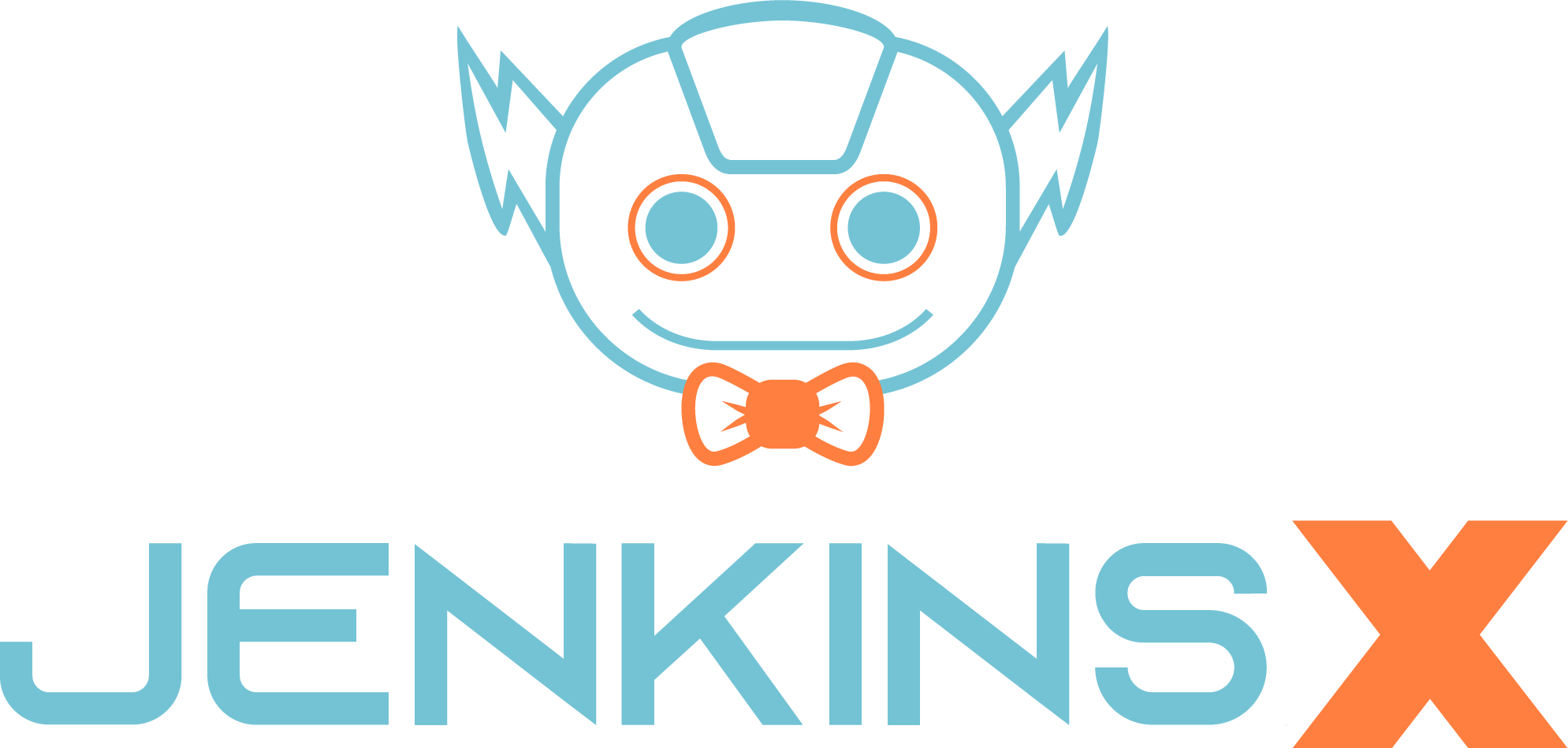
3. Jenkins X
Jenkins X sets up automated pipelines on Kubernetes foundations, leaning on GitOps to handle promotions between environments through pull requests that manage version shifts. Preview setups spin up temporarily for code reviews, giving quick insights before merges land in the main line. Feedback loops integrate via comments on commits or issues, flagging when previews are ready or upgrades are queued.
Secrets get managed alongside multi-cluster operations, with Tekton under the hood for the pipeline heavy lifting, all adjustable via Git without diving deep into container specifics. Community channels offer spots for questions, and contributions flow through GitHub, backed by video resources for walkthroughs. The open-source nature keeps it accessible for experimentation in cloud-native environments.
Wichtigste Highlights:
- GitOps-driven promotions and environment automation
- Temporary preview environments for pull request testing
- Automated comments for commit and issue feedback
- Built-in secrets management across clusters
- Community-driven with GitHub contributions and tutorials
Pros:
- Automates Kubernetes details without expert-level input
- Pull request integration speeds up review cycles
- Open-source flexibility for custom extensions
- Multi-cluster support eases scaling across setups
Cons:
- Relies on Kubernetes familiarity for troubleshooting
- GitOps pull requests can slow down urgent changes
- Community reliance means variable support response times
- Tekton integration might overlap with existing tools
Kontaktinformationen
- Website: jenkins-x.io

4. CircleCI
Workflows in CircleCI handle automated tests across a range of app types, from mobile builds to AI models, with caching for Docker layers to cut down repeat work. Visibility tracks changes from initial commits through to live deploys, including rollback paths that snap back to stable states on failures. Triggers respond to ecosystem shifts like library updates or even model tweaks, firing pipelines as needed.
Parallel execution and progressive delivery fit into setups deployed anywhere, supporting languages and tools from Python scripts to Terraform runs. Integrations hook into repos like GitHub for seamless starts, while schedule options keep things proactive. The platform emphasizes reliability in validation, adapting to diverse development paces without forcing a one-size-fits-all approach.
Wichtigste Highlights:
- Workflow configs with Docker caching for efficiency
- End-to-end tracking from code changes to production
- Triggers for environmental or dependency updates
- Parallel jobs and rollback for resilient deploys
- Broad language and tool compatibility
Pros:
- Handles varied app ecosystems without reconfiguration
- Built-in rollback eases debugging after issues
- Schedule triggers maintain proactive testing
- Parallelism boosts speed on complex builds
Cons:
- Workflow setup demands some YAML familiarity
- Visibility features might overwhelm simple projects
- Trigger sensitivity can lead to frequent, minor runs
- Integration depth varies by external repo choice
Kontaktinformationen:
- Website: circleci.com
- Phone: +1-800-585-7075
- Email: privacy@circleci.com
- Address: 2261 Market Street, #22561, San Francisco, CA, 94114
- LinkedIn: www.linkedin.com/company/circleci
- Twitter: x.com/circleci

5. Argo CD
Argo CD monitors Kubernetes apps against Git-stored definitions, syncing drifts automatically or on demand to match desired states like Helm charts or plain YAML. The interface shows real-time health and differences, with hooks for phased rollouts such as canary tests during updates. Rollbacks pull from any committed version, keeping lifecycle steps auditable through logs and metrics.
Multi-cluster oversight and access controls via SSO or RBAC handle shared environments, while webhooks tie into repo events for fresh pulls. Custom plugins extend manifest support, and CLI options feed into broader CI flows. As an open-source tool, installations start simple with namespace setups, focusing on declarative control for Cons:istent deployments.
Wichtigste Highlights:
- Git-based state syncing with auto-detection of changes
- UI for health checks and diff visualizations
- Hooks and strategies for rollout variations
- Rollback to specific commits with audit trails
- SSO and RBAC for secure multi-user access
Pros:
- Declarative Git focus simplifies state management
- Visual diffs aid quick issue spotting
- Plugin extensibility for custom formats
- Multi-cluster handling without extra layers
Cons:
- Kubernetes-centric, less ideal for non-container workflows
- Sync automation risks if Git drifts unnoticed
- UI reliance might complicate CLI-only users
- Hook complexity grows with advanced rollouts
Kontaktinformationen
- Website: argoproj.github.io
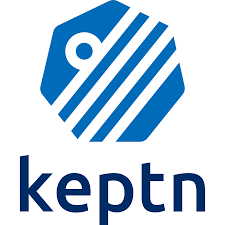
6. Keptn
Keptn hooks into existing deployment tools like ArgoCD, Flux, or plain kubectl and adds observability and evaluation layers around the actual rollout. It tracks pre- and post-deployment tasks, pulls in metrics from different providers, and runs health checks or SLO validations automatically. The idea is to make progressive delivery decisions based on real data instead of guesswork, without forcing anyone to rewrite their existing GitOps flows.
Metrics get centralized through an operator so Prometheus, KEDA, or HPA can all read the same values no matter where they originally came from. Discovery ties services into logical applications, and custom hooks let people slot in their own scripts for things like image scanning or stakeholder notifications. Everything stays inside the cluster and works alongside whatever delivery tool is already in place.
Wichtigste Highlights:
- Adds pre/post-deployment tasks and evaluations to any deployment method
- Centralized metrics from Dynatrace, Datadog, cloud providers, etc.
- Automatic SLO checks and analysis during rollouts
- App-aware DORA metrics and tracing from git to runtime
- Works with ArgoCD, Flux, GitLab, kubectl
Pros:
- Layers on top of existing tools instead of replacing them
- Single place for metrics regardless of source
- Built-in SLO validation reduces manual gating
- Good tracing when things go wrong in production
Cons:
- Adds another moving part to the cluster
- Learning curve for the custom task syntax
- Still fairly Kubernetes-centric
- Documentation sometimes lags behind features
Kontaktinformationen
- Website: lifecycle.keptn.sh
- LinkedIn: www.linkedin.com/company/keptnproject
- Twitter: x.com/keptnProject

7. Spinnaker
Spinnaker focuses on multi-cloud release management with detailed pipeline stages that can include integration tests, server-group spins, and monitored rollouts. Pipelines can trigger from git events, Jenkins jobs, cron schedules, or even other Spinnaker pipelines. Built-in strategies cover blue/green, canary, and rolling updates, with manual judgment stages available when someone needs to sign off before proceeding.
Cloud integrations reach across AWS, Kubernetes, Google Cloud, Azure, and several others, all from the same interface. Chaos Monkey hooks, monitoring ties to Datadog or Prometheus for automated canary analysis, and Packer-based image baking come packaged in. Role-based access ties into existing auth systems, and a CLI handles setup and upgrades.
Wichtigste Highlights:
- Multi-cloud pipelines with native provider integrations
- Built-in blue/green, canary, and custom deployment strategies
- Manual judgment stages and restricted execution windows
- Chaos Monkey and monitoring-driven canary analysis
- Packer image baking and immutable infrastructure patterns
Pros:
- Very strong multi-cloud story
- Rich deployment strategy toolbox out of the box
- Solid RBAC and auth integration options
- Battle-tested at large scale
Cons:
- Heavy footprint and complex installation
- Steep initial learning curve
- Upgrade process can be painful
- UI sometimes feels dated
Kontaktinformationen:
- Website: spinnaker.io
- Address: 548 Market St, PMB 57274, San Francisco, California 94104-5401, USA
- Twitter: x.com/spinnakerio
8. Drone
Drone keeps things deliberately simple: a YAML file in the repo defines steps, each step runs in its own fresh Docker container, and that’s pretty much it. No shared agents to manage, no complex controller reconciliation loops. Secrets, plugins, and approvals are all available, but the core stays lightweight enough to run from a single binary if needed.
It works with GitHub, GitLab, Bitbucket, and others, supports Linux, Windows, and ARM runners, and scales by just adding more runner instances. Hundreds of existing plugins cover Docker publishes, Slack notifications, S3 uploads, and similar tasks. Custom plugins are straightforward to write when the built-in ones don’t fit.
Wichtigste Highlights:
- Pipeline-as-code in a single YAML file committed to repo
- Every step runs in an isolated, ephemeral Docker container
- Native plugin system with many community plugins
- Supports Linux, Windows, ARM64 runners
- Installs from one Docker image or binary
Pros:
- Extremely simple to understand and operate
- No agent state to manage
- Fast cold starts because of container isolation
- Easy horizontal scaling
Cons:
- Limited built-in deployment strategies compared to heavier tools
- No native multi-environment promotion UI
- Secrets management is basic unless self-hosted enterprise
- Less visibility when runs get very large
Kontaktinformationen
- Website: www.drone.io
- Twitter: x.com/droneio

9. Gitea Actions
Gitea ships its own CI/CD system called Actions that follows the GitHub Actions syntax and runner model pretty closely. Workflows live as YAML files in the repo, runners can be self-hosted or use the hosted option, and most existing GitHub Actions from the marketplace just work with little or no changes.
The same instance that hosts the code also runs the pipelines, packages, issues, and projects, so everything stays in one place. Runners support the usual Linux, Windows, macOS matrix, and the setup stays familiar to anyone who has used GitHub Actions before. Self-hosted Gitea keeps data on-premise while still getting the modern workflow experience.
Wichtigste Highlights:
- GitHub Actions-compatible syntax and runner protocol
- Reuse existing marketplace actions
- Integrated with repos, packages, issues in the same UI
- Self-hosted or cloud-hosted runners
- Works on Linux, Windows, macOS, ARM
Pros:
- Very low friction for GitHub Actions users
- Everything lives in one self-hosted tool
- No extra accounts or billing surprises when self-hosted
- Package registry and CI in the same place
Cons:
- Runner ecosystem still smaller than GitHub’s
- Some marketplace actions need small tweaks
- Self-hosted runners require own maintenance
- Feature parity still catching up on edge cases
Kontaktinformationen
- Website: about.gitea.com
- LinkedIn: www.linkedin.com/company/commitgo
- Twitter: x.com/giteaio
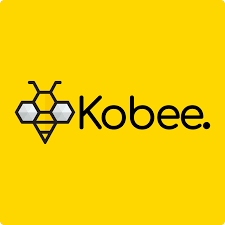
10. Kobee
Kobee handles enterprise-style release orchestration with a central server that drives builds and deployments across distributed environments, including mainframes and Oracle Data Integrator setups. Life cycles let each project define its own sequence of steps, from partial builds to production pushes, while approvals can sit before or after any move or just get notified afterward. The platform pulls in existing tools like Git, Jenkins, Selenium, or Jira and logs whatever they return so the next phase knows whether to continue or stop.
Deployments rely on pre-built solution phases that know how to handle specific tech stacks, and everything gets archived for repeatability. Security hooks into corporate LDAP or Active Directory, and the same Cons:ole shows the full audit trail of who did what and when. It’s the kind of tool that larger organizations pick when they need strict governance without rewriting all their existing scripts.
Wichtigste Highlights:
- Customizable life cycles per project with pre/post approvals
- Release-based and package-based build types, including partial options
- Orchestrates external tools (Git, Jenkins, testing frameworks, issue trackers)
- Dedicated phases for mainframe and Oracle Data Integrator deployments
- Central audit logs and integration with enterprise identity systems
Pros:
- Very strong governance and approval workflow support
- Handles mainframe and legacy stacks that most tools ignore
- Good at coordinating many existing tools instead of replacing them
- Repeatable archive-based deployments
Cons:
- Feels heavy if you only need simple container pipelines
- Learning curve around life cycles and phases
- Less visible open-source community
- Pricing stays on-premise or private hosting only
Kontaktinformationen
- Website: www.kobee.io
- Phone: +32 15 238427
- Address: Motstraat 30, 2800, Mechelen, Belgium
- LinkedIn: www.linkedin.com/company/ikan
- Twitter: x.com/kobeeio

11. Red Hat Ansible Automation Platform
Ansible Automation Platform packages the open-source Ansible project into an enterprise-supported product with a web Cons:ole, role-based access, execution environments, and analytics. Playbooks still do the heavy lifting, but the platform adds scheduling, credential management, and a central place to see what changed where. Content collections and certified modules make it easier to share reusable automation across teams.
It works across hybrid environments, from bare metal to public clouds, and integrates with OpenShift for Kubernetes-focused workflows. The focus stays on configuration management, application deployment, and general IT automation rather than pure CI/CD pipelines, though it can trigger or be triggered by other tools when needed.
Wichtigste Highlights:
- Web Cons:ole and RBAC on top of Ansible playbooks
- Execution environments replace system Python dependencies
- Content collections and certified partner modules
- Built-in analytics and audit logging
- Supported integration with Red Hat OpenShift
Pros:
- Mature, agentless automation model
- Huge ecosystem of existing playbooks
- Strong enterprise support and subscription model
- Works everywhere SSH or WinRM reaches
Cons:
- Not a native CI/CD pipeline runner
- Can feel slow for very frequent container builds
- Subscription cost adds up at scale
- Less focus on modern GitOps patterns compared to newer tools
Kontaktinformationen:
- Website: www.redhat.com
- Telefon: +1 919 754 3700
- Email: apac@redhat.com
- Anschrift: 100 E. Davie Street, Raleigh, NC 27601, USA
- LinkedIn: www.linkedin.com/company/red-hat
- Facebook: www.facebook.com/RedHat
- Twitter: x.com/RedHat
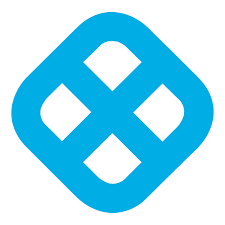
12. Harness
Harness positions itself as an AI-augmented delivery platform that covers continuous integration, continuous delivery, GitOps, feature flags, and several other areas from one control plane. Pipelines get built in YAML or through a drag-and-drop editor, and the system automatically adds verification steps that watch metrics or logs to decide if a rollout should continue or roll back. It supports canary, blue-green, and rolling strategies out of the box.
The platform handles secrets, RBAC, and audit trails, and it can deploy to Kubernetes, VMs, or serverless targets. Recent additions include an internal developer portal and artifact registry. Pricing is usage-based, with a free tier that gives limited monthly minutes and parallel jobs; paid plans unlock more concurrency and enterprise features.
Wichtigste Highlights:
- Unified CI/CD with built-in verification and rollback
- Supports Kubernetes, VMs, serverless, and GitOps workflows
- AI-driven insights and automated pipeline generation attempts
- Feature flags and internal developer portal included
- Free tier available with paid plans for higher usage
Pros:
- Very polished verification and rollback experience
- Covers many delivery concerns in one product
- Good drag-and-drop pipeline editor for non-YAML users
- Free tier generous enough for small teams
Cons:
- Can get expensive once usage grows
- Some features feel bolted on rather than native
- Heavier footprint than lightweight alternatives
- Learning curve around verification gates
Kontaktinformationen:
- Website: harness.io
- LinkedIn: www.linkedin.com/company/harnessinc
- Facebook: www.facebook.com/harnessinc
- Twitter: x.com/harnessio
- Instagram: www.instagram.com/harness.io
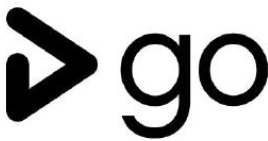
13. GoCD
GoCD runs as an open-source server that lets users lay out pipelines with built-in support for parallel steps and dependencies, pulling in changes from commits right through to live deploys. The value stream map lays out the full path in one glance, highlighting where holdups happen, while traceability digs into diffs between any two builds, pulling up file changes or messages without extra setup. Cloud setups like Kubernetes or Docker get handled natively, and the plugin system hooks into outside services smoothly, even across upgrades that keep everything intact.
For those who build custom bits, the API makes rolling your own extensions straightforward, and the forum stays lively with folks swapping notes on delivery tweaks or troubleshooting spots. It’s the sort of tool that shines when workflows branch out in ways most simple runners can’t follow without headaches.
Wichtigste Highlights:
- Pipeline modeling with parallel execution and dependency tracking
- Value stream map for end-to-end process visibility
- Traceability comparing builds across files and commits
- Native support for Kubernetes, Docker, AWS deployments
- Extensible plugin architecture with API for custom development
- Active community forum and Google group discussions
Pros:
- Handles tangled workflows without add-ons
- Upgrade-friendly even with plugins plugged in
- Clear visuals cut down on blind spots in tracing
- Open-source keeps costs down for basics
Cons:
- Server management adds its own layer of ops
- Plugin ecosystem lags behind bigger players
- Steeper ramp-up for non-linear pipeline fans
- Less hand-holding in docs for edge cases
Kontaktinformationen
- Website: www.gocd.org
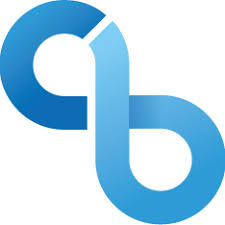
14. CloudBees
CloudBees Unify acts as a central hub tying together CI/CD runs, release steps, and security checks across scattered tools like Jenkins or GitHub Actions, feeding context from one spot without yanking everything into a new system. AI layers in to flag risks early or suggest fixes in workflows, while orchestration handles the handoffs between build systems and deploys, keeping governance tight but not in the way. Security weaves in policy enforcement and compliance scans that run alongside the action, pulling from multiple sources to spot gaps before they hit prod.
Enterprises lean on it for scaling dev ops without the usual silos, especially when teams juggle multi-cloud spots or need to embed checks that don’t slow the pace. The setup adapts to how folks already work, cutting down on tool-jumping, though it assumes a fair bit of existing Jenkins familiarity under the hood.
Wichtigste Highlights:
- Integration across SCM, CI/CD, and deploy systems
- AI for issue detection and workflow orchestration
- Continuous security with policy automation and governance
- Release orchestration and feature management tools
- Support for multi-cloud and enterprise scaling
- Embedded compliance scans in pipelines
Pros:
- Glues legacy tools without full rewrites
- AI bits actually surface real workflow snags
- Strong on security that doesn’t block velocity
- Fits big orgs with mixed tech stacks
Cons:
- Ties heavy to Jenkins roots, limits fresh starts
- AI features need tuning to avoid false flags
- Setup overhead for non-enterprise users
- Vendor lock feels real despite open claims
Kontaktinformationen
- Website: www.cloudbees.com
- Address: Faubourg de l’Hôpital 18 CH-2000 Neuchâtel Switzerland
- LinkedIn: www.linkedin.com/company/cloudbees
- Facebook: www.facebook.com/cloudbees
- Twitter: x.com/cloudbees
- Instagram: www.instagram.com/cloudbees_inc

15. Travis CI
Travis CI kicks off with a single YAML file in the repo that spells out the language runtime, version spreads, and steps from install through tests, often wrapping up in way less code than fancier setups demand. Matrices fan out jobs across OS flavors like Linux or Windows, architectures from amd64 to arm, and env vars, letting parallel runs chew through combos fast while skipping the duds with excludes or allowances for flaky ones. Notifications pipe results to email, Slack, or hooks, and caching grabs deps like pip packages to shave off repeat work.
The syntax stays dev-friendly, with stages for conditional flows and integrations that slot in coverage reports or deploys to S3 without much fuss, all backed by isolated builds that keep secrets locked via Vault or encryption. Support comes from engineers who get the grind, and the community swaps pipeline hacks that make scaling feel less like a chore.
Wichtigste Highlights:
- YAML config with matrix for versions, OS, and env parallels
- Built-in caching and conditional stages
- Integrations for coverage, notifications, and deployments
- Encrypted secrets and build isolation for security
- Support for languages like Python, JavaScript, Java, Rust
- API and community for custom tweaks
Pros:
- YAML boils down to essentials, quick to tweak
- Matrices handle cross-testing without bloat
- Isolation means one bad build doesn’t tank others
- Engineer-led help actually moves the needle
Cons:
- Free tier caps out fast for heavy use
- Older syntax quirks show in complex matrices
- Less native GitOps than Kubernetes natives
- Community tips skew toward web stacks
Kontaktinformationen
- Website: www.travis-ci.com
- Email: support@travis-ci.com
Schlussfolgerung
At the end of the day, walking away from Tekton usually means one of two things: either the YAML-plus-CRD model started feeling too low-level and noisy, or the team simply outgrew the “build your own platform on top of Kubernetes” mindset. The options out there now cover the whole spectrum – from lightweight, repo-centric runners that get out of your way, to full-blown enterprise suites that want to own every pixel of the delivery experience, and everything in between.
Some folks just want a pipeline that runs when they push and doesn’t require a PhD in custom resources. Others need fancy promotion gates, audit trails that make compliance people happy, or the ability to spin up real infra without ever opening a Terraform file. A few are happy to keep managing a server if it means they get an unbeatable value-stream map or rock-solid traceability. The good news? Pretty much every pain point Tekton leaves on the table has at least one solid project or product that attacks it head-on.



